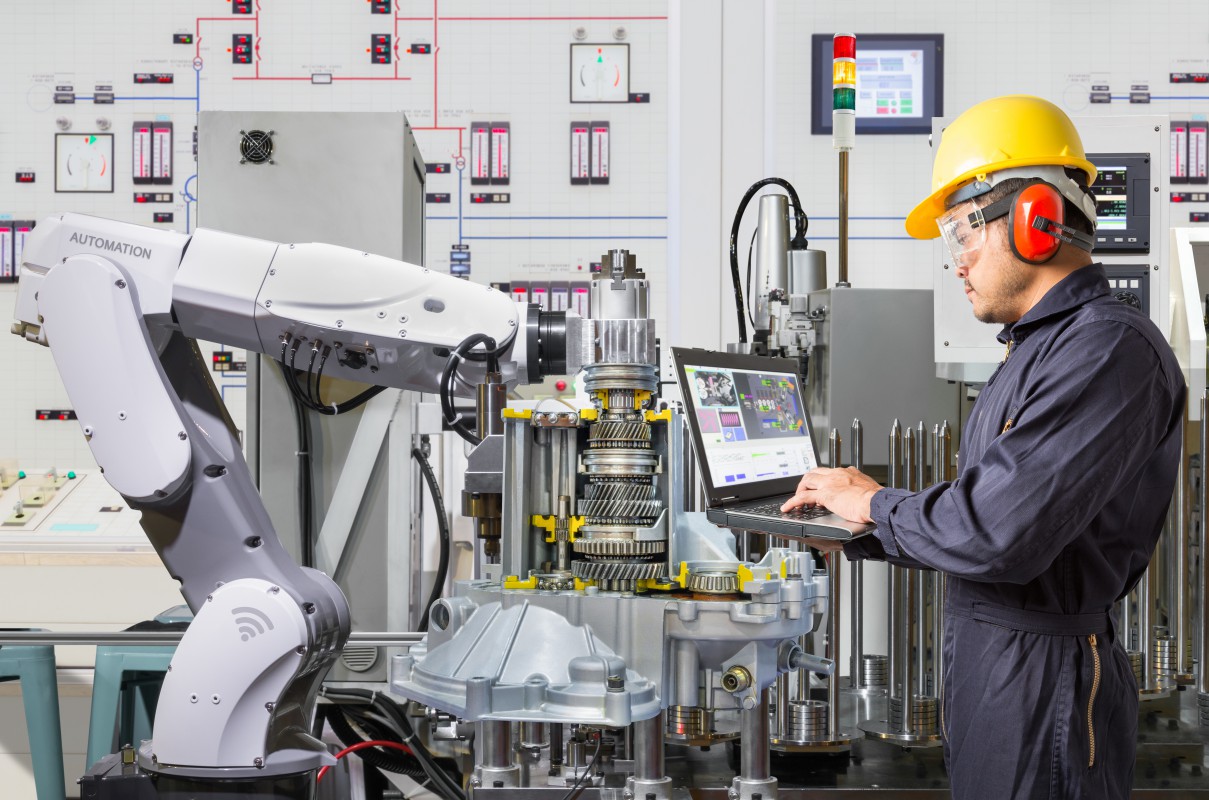It’s no secret that robots have significantly impacted car manufacturing. We’re now in an era where human labor is no longer necessary to build cars, thanks to the introduction of automotive robots. But do you know how robotics has revolutionized the car industry? Robots play a more significant role in virtually every aspect of production and design, from forming complex body parts to assembling vehicle components.
In this article, we’ll discuss how these advances have changed the face of automobile manufacturing as we know it today.
What Are Automotive Robots, And How Do They Work?
Automotive robots, or car-building robots, are part of the ever-expanding robotics industry. These helpful machines work in an assembly line environment, specializing in building cars and other automotive vehicles. Automotive robots are equipped with sophisticated sensory features like robotic arms and particular visual elements to help them perform intricate tasks in a precise manner.
They can quickly and effectively measure and assemble parts to create perfect spark plugs, engines, tires, rims, transmissions, etc. These advanced industrial engineering pieces can also detect slight imperfections in the cars they build for excellent reliability overall. To top it off, these robots turn out identical products with high accuracy each time—traits that make them so integral to modern manufacturing processes.
The Benefits Of Automotive Robots For The Car Industry
The advantages of automotive robots are extensive, ranging from increased reliability to speed and cost savings.
Regarding speed and accuracy, these machines can produce more accurate results than human workers in half the time. It means car makers can produce cars faster—often with fewer defects—in a fraction of the time which would otherwise be required. It has enabled the car industry to produce cars quicker, which, in turn, translates to greater profits.
Cost savings are also a considerable benefit of automotive robots. Since robots don’t need to be paid for their labor or take breaks as human workers do, companies can save a lot of money by using robotic automation instead. Additionally, these machines don’t require the same maintenance and repairs that a human worker would need, further increasing cost savings.
In addition to these advantages, robotic automation can help car manufacturers improve their production quality and standards. Automotive robots can consistently create complex parts more accurately than human workers. This results in more excellent reliability in the produced car parts, which can help reduce recalls and overall customer satisfaction.
How Have Automotive Robots Changed The Way Cars Are Made And Sold?
The introduction of automotive robots has significantly impacted how cars are made and sold today.
On the production side, robotic automation has allowed car makers to keep up with the rapid demand for vehicles without hiring large numbers of workers. It has enabled them to create more cars at a lower cost in a shorter amount of time.
On the sales side, robotic automation has enabled automakers to provide customers with more customization options. Automotive robots can quickly and accurately manufacture complex parts like custom rims and exhaust systems, allowing for even greater vehicle personalization. In addition, robotics has also helped car makers create better safety features for cars by using advanced sensors and visual elements to detect potential environmental hazards.
The Future Of Automotive Robots And Their Impact On The Car Industry
As technology improves, automotive robots will become even more essential to the car industry.
Robots are already being used in autonomous driving technology, which can detect obstacles and alert drivers accordingly or take over the driving tasks completely. In the future, these robots can create cars with sophisticated self-driving features for safer and more efficient transportation.
Additionally, robotic automation could also help car makers create self-repairing cars, where robots can detect and repair any defects or damage that may occur in the vehicle. It would significantly reduce the cost of repairs and provide a more reliable product for customers.
Tips For Choosing The Right Automotive Robot For Your Business
When selecting an automotive robot for your business, there are a few key factors to consider.
First and foremost, you should consider the size of the robot. More miniature robots can work in confined spaces, while larger ones can handle more complex tasks over greater distances. Depending on the type of production you need, selecting a robot that fits your specific needs is essential.
Additionally, it would help if you looked at the robot’s features. Different robots have different capabilities and features, so it’s essential to make sure the one you choose has suitable vision sensors, mobility systems, and tooling options for what you need.
Finally, it would help if you also thought about the cost and maintenance requirements of the robot. Automotive robots can be expensive to purchase, so it’s essential to consider how much money you’re willing to invest and what ongoing maintenance costs you will incur.

